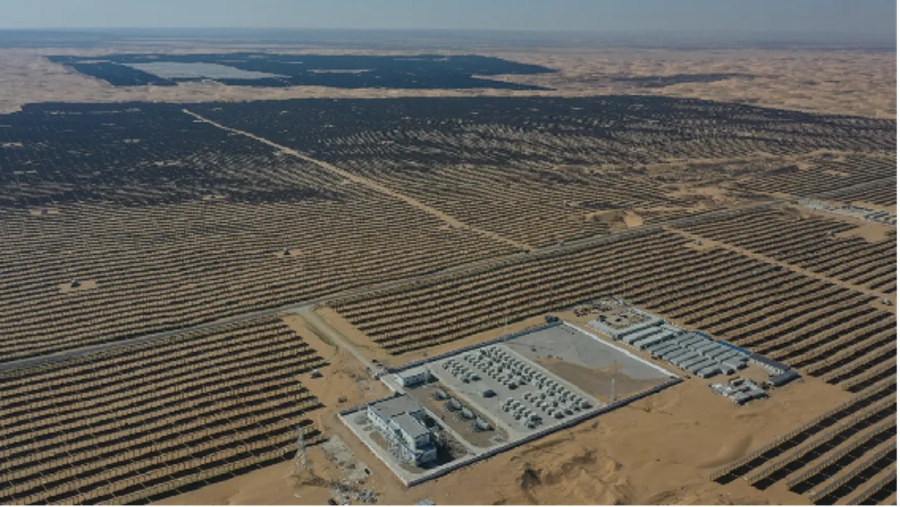Echogen to deploy grid-scale, sand-based pumped thermal energy storage

Echogen Power Systems, a US-based specialist in supercritical carbon dioxide (sCO2) energy systems, has signed a commercial agreement with Westinghouse Electric Company to pursue deployment of its PTES technology for grid-scale, long-duration energy storage (LDES).
Echogen chief executive Phil Brennan told ESS News PTES involves electricity being converted to storage heat and then being released back into a heat entity to generate electricity. It is designed to store and dispatch electricity for six to 48 hours.
The method developed by Akron, Ohio-based Echogen to turn thermal energy into electricity uses sand as the storage medium. The process involves using a carbon dioxide heat pump cycle to convert electricity into thermal energy by heating the sand-based reservoir. The heat is then converted back into electricity on demand. According to the US Department of Energy website, supercritical carbon dioxide – stored above the gas’ critical temperature and pressure – gains the density of a liquid. At that point, small changes in temperature and pressure prompt dramatic changes in density, making sCO2 highly efficient as a working fluid to generate power.
Brennan said Echogen has been developing sCO2 systems for 18 years and its PTES technology leverages that development history to serve wind and solar power. “We only look at utility scale so the smallest system we have designed is 50 MW, but we would really like to do 100 MW or bigger,” he said. “We can do durations from six to 100 hours pretty easily so PTES is very good for pairing with solar, diurnally, and wind over longer periods.”
The Echogen CEO said the first commercial system to be deployed as part of its agreement with Canadian-owned nuclear company Westinghouse, is in Alaska. He said, “It’s a 50 MW, 24-hour system, so a 1.2 GWh system. It’s pretty large, one of the largest in the world and that’s in partnership with Westinghouse and the [US] Department of Energy and the customer there is electricity cooperative Golden Valley Electric Association.”
With further PTES projects in the offing, Brennan described the Westinghouse deal as “more than a business milestone,” adding it was a vote of confidence in the reliability and scalability of PTES and Echogen’s ability to deploy at scale.
With the Westinghouse arrangement non-exclusive, Echogen’s website states the company is seeking further commercial PTES partners.
“LDES technologies, we are kind of the ugly stepchildren of storage,” said Brennan. “Everybody loves batteries but batteries can’t handle these longer durations. There is a really eclectic mix of people out there trying to come up with longer duration energy storage solutions: flow batteries, gravity blocks, and so on. PV, especially, relied heavily on batteries to this point because they’ve only had a four-hour stretch and when the penetration of PV gets higher, those durations are going to go up and we don’t believe lithium-ion can fill that gap.
“By expanding our collaboration with Westinghouse, a global energy leader with projects totaling over 1.2 GWh already in the front-end engineering and design phase, and with multiple additional projects in the pipeline, we are laying the groundwork for a rapid deployment to accelerate the energy transition in a cost-effective manner.”












